You might be listening to all the things about black holes for a few days and maybe you know everything about black hole or maybe you don’t know anything but you will be really fascinated to know about black holes, even if you don’t belong to the world of science and technology as a human being it is your custody to appreciate the huge feat achieved by our scientist.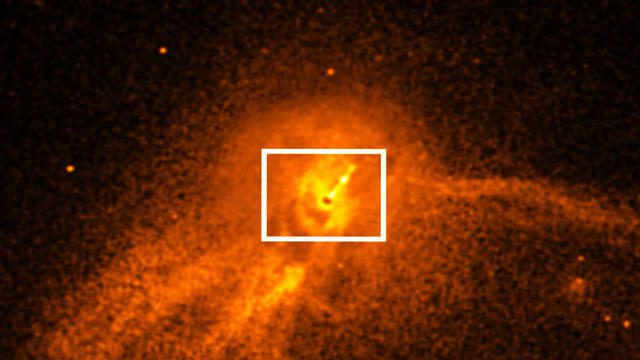
First thing first if you still don’t know what’s going on then let me tell you that the great feat we are talking here is the first ever image of black hole obtained by the astronomers.
What is a black hole?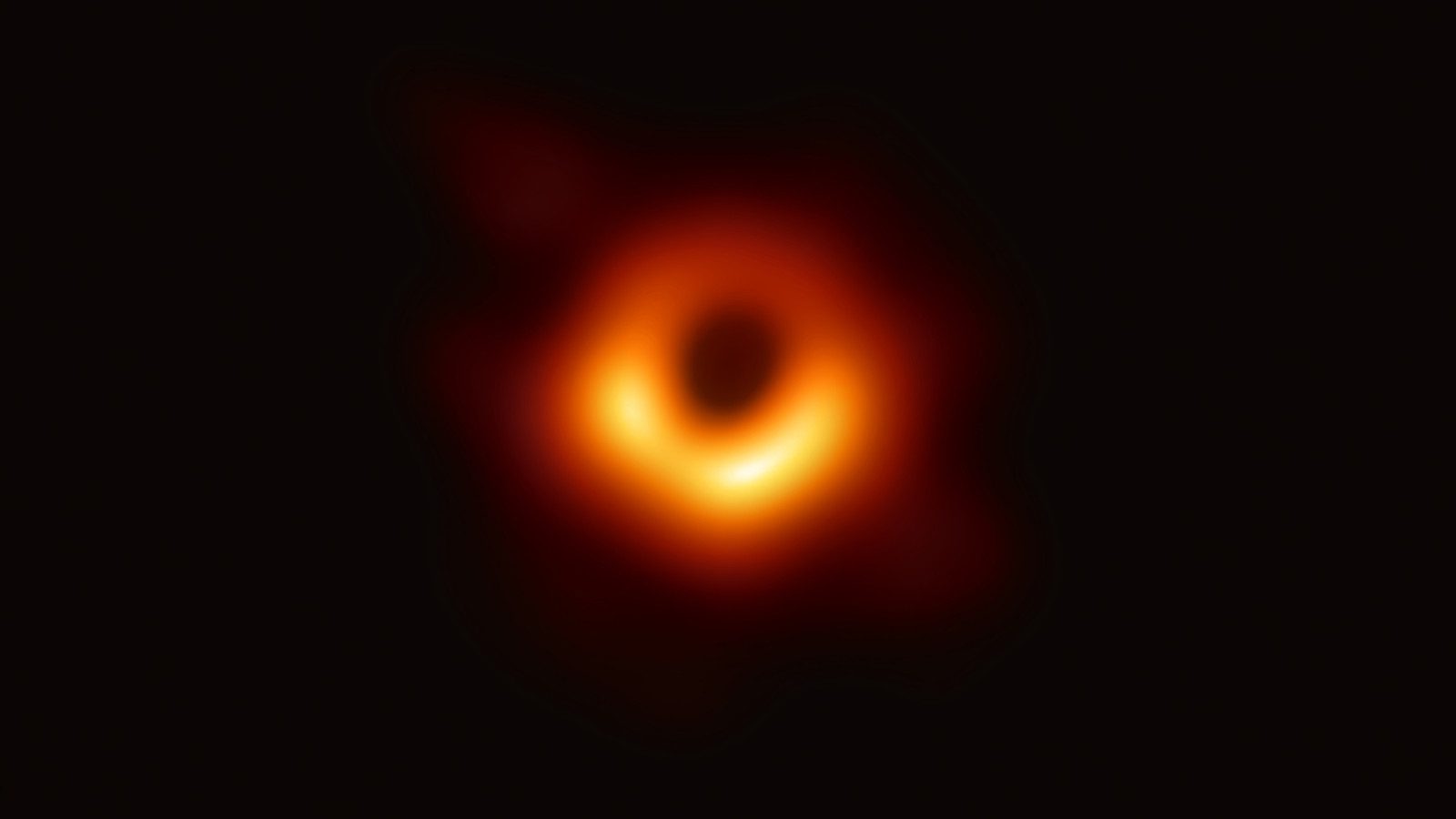
Now the initial and most basic thing you need to know about the current hype is that what is a black hole, “A black hole is a region of spacetime exhibiting such strong gravitational effects that nothing (not even particles and electromagnetic radiation such as light) can escape from inside it, The theory of general relativity predicts that a sufficiently compact mass can deform spacetime to form a black hole. Black holes are among the strangest things in the universe whose mystery goes beyond our imagination.
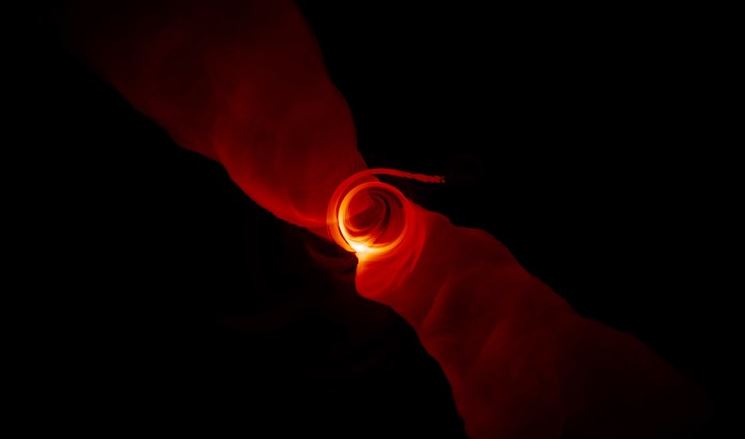
The most common types of black holes are the stellar-mass and supermassive black holes. Stellar-mass black holes are created when massive stars explode, leaving behind a black hole with the mass of just a few suns.
Supermassive black holes exist in the hearts of galaxies and usually contain the mass equivalent of millions of suns. The black hole in our Galaxy “The Milky Way” is called the Sagittarius A*.
The Making of History
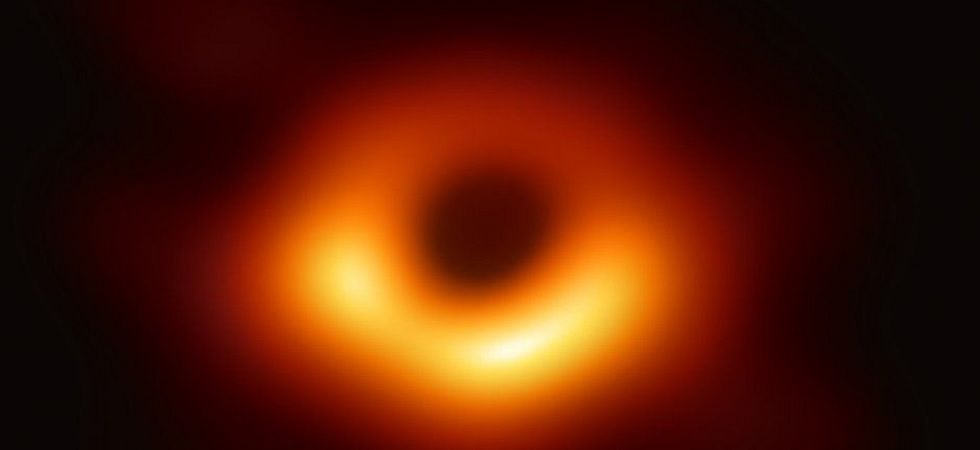
Astronomers announced on Wednesday that at last, they had captured an image of the unobservable: a black hole, a cosmic abyss so deep and dense that not even light can escape it. “We have seen what we thought was unseeable,” said Shep Doeleman, an astronomer at the Harvard-Smithsonian Centre for Astrophysics, and director of the effort to capture the image, during a Wednesday news conference in Washington, D.C.
Predicted almost a century ago by Einstein’s Theory of General Relativity, a group of astronomers from all over the globe, through the Event Horizon Telescope (EHT), constructed an Earth-sized virtual telescope array which was able to photograph nearby supermassive black holes.
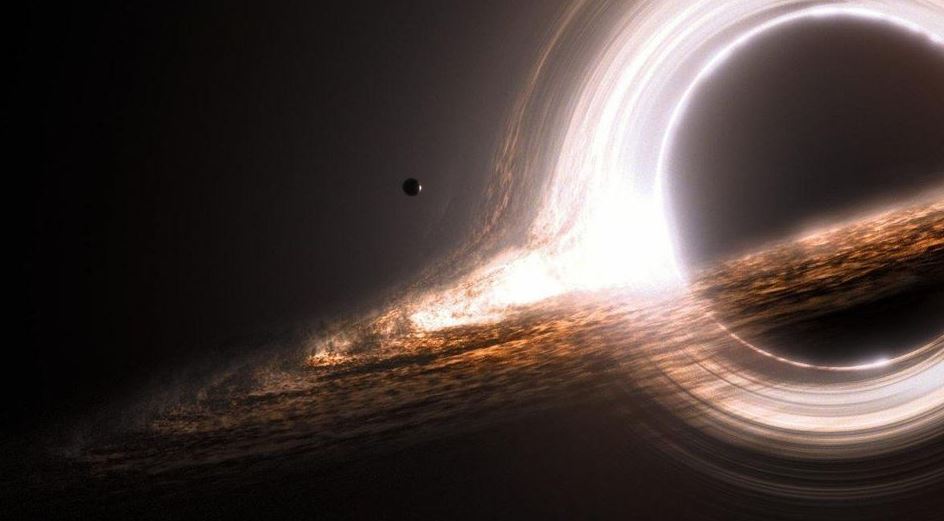
EHT project director, Shepherd Doeleman of the Centre of Astrophysics, Harvard and Smithsonian said of the discovery: “We are giving humanity its first view of a black hole, a one-way door out of our Universe“.
It is a landmark feat in astronomy, an unprecedented scientific feat accomplished by a team of more than 200 researchers. It will shape future discoveries and innovations and it may also lead us to our unknown neighbors whom we call as aliens.
Did earth size telescope?
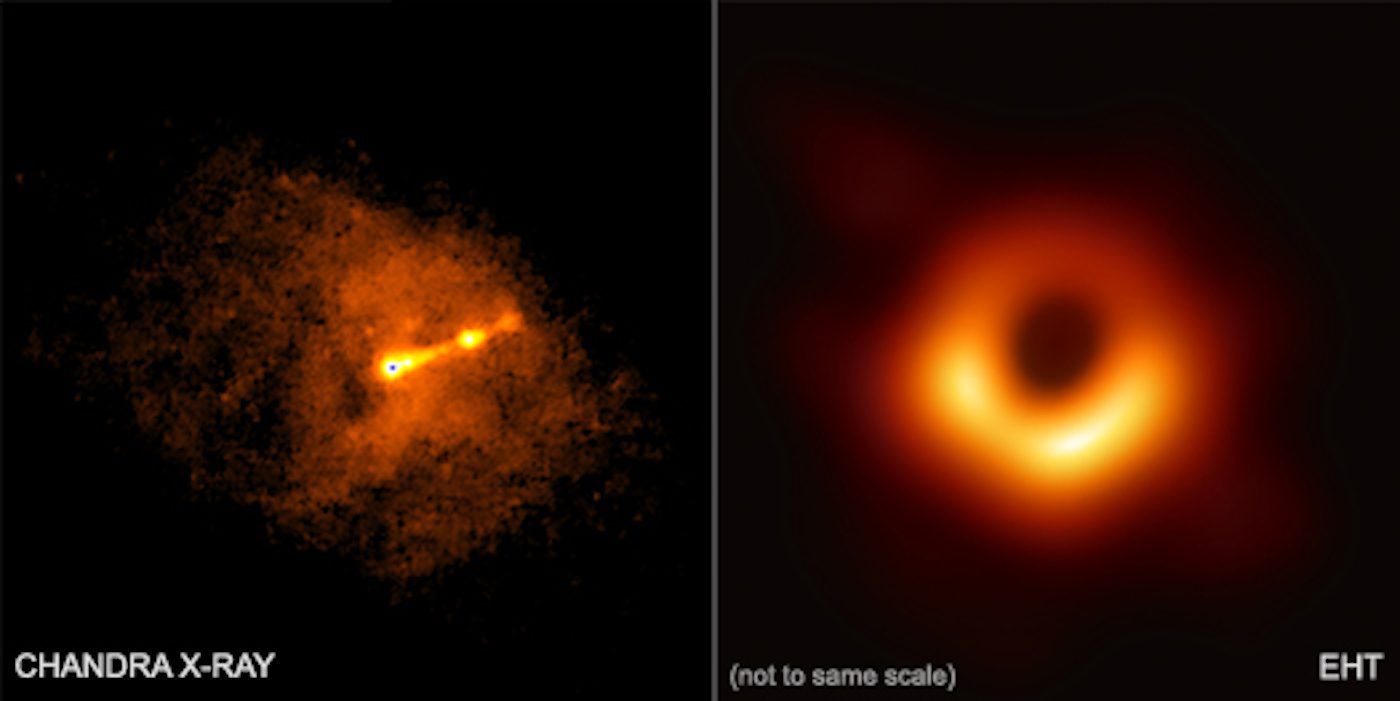
Yes, an Earth-sized telescope, and yes it is impossible but as mentioned it is a virtual one. It is called the EVENT HORIZON TELESCOPE (EHT), The EHT is a consortium of more than 200 scientists that has been in the works for about two decades.
It’s a truly international endeavor the funding for the project EHT over the years has come from the U.S. National Science Foundation and many other organizations in countries around the world.
It was not an easy task to get the image of black hole, the boundary beyond which nothing, not even light, can escape the object’s gravitational clutches and thus if you want to take pictures from inside you can only take it by getting inside it and as it is a one way ticket you have no idea what will happen after you get in there in simple words You and your pictures will never make it back to the outside world, of course.
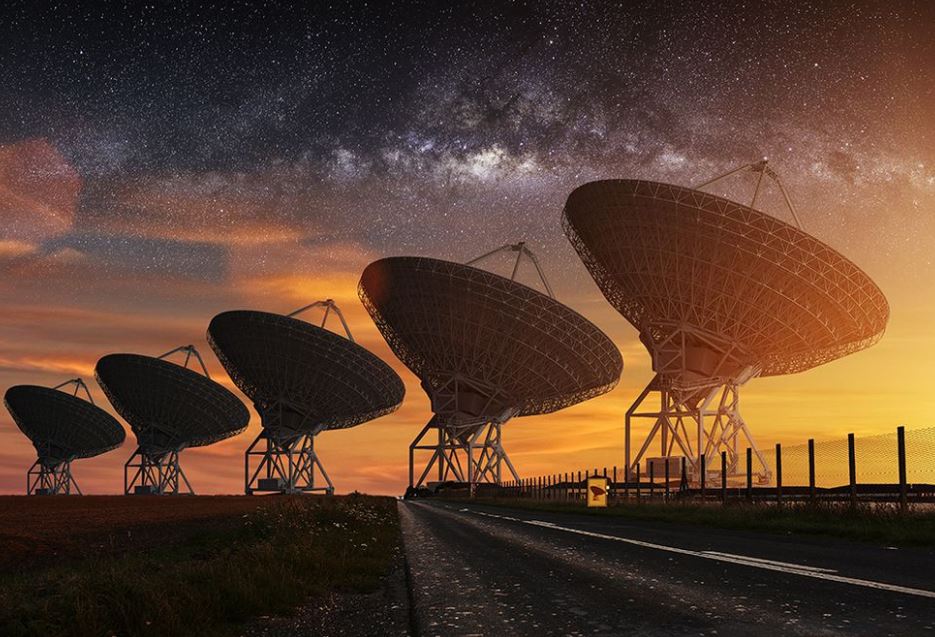
The scientists have been observing two black holes the M87 behemoth, and our own Milky Way galaxy’s central black hole, known as Sagittarius A*. The M87 behemoth is about 6.5 billion times the mass of Earths sun and it is at a distance of about 53.5 million light-years away.
On the other hand Sagittarius A* is just a dust particle in comparison to M87s beast but still, it contains a mere 4.3 million solar mass, it is about 26000 light years away from us.
But Sagittarius A*‘s event horizon is so small that it’s the equivalent of seeing orange on the moon or being able to read the newspaper in Beijing while you’re sitting in New Delhi.
So now the only option was the far away M87 so in order to achieve the image the scientists got creative and they had linked up radio telescopes in Arizona, Spain, Mexico, Antarctica and other places around the world, forming a virtual instrument the size of Earth.
The Amount of Data
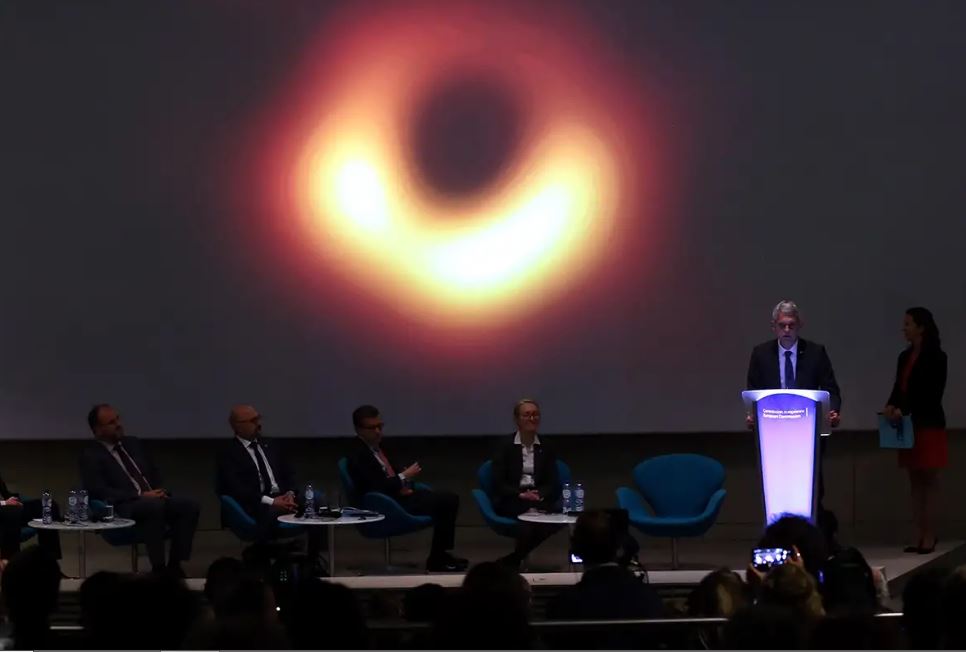
The team after obtaining the virtual telescope was now ready for observation of the black holes. They observed both the black holes for week longs and it took them two years to get what we see today as the black holes. They observed the black holes once in April 2017 and again the following year.
The good reason of what took them 2 years just to observe is that each night of observing generated about 1 petabyte of data, resulting in such a massive haul that the team had to move its information from place to place the old-school way.
EHT project scientist Dimitrios psaltis said at an SXSW event “There’s no way that we can transfer this data through the internet,” “So, what we actually do is, we take our hard drives and we FedEx them from place to place. This is much faster than any cable that you can ever find”
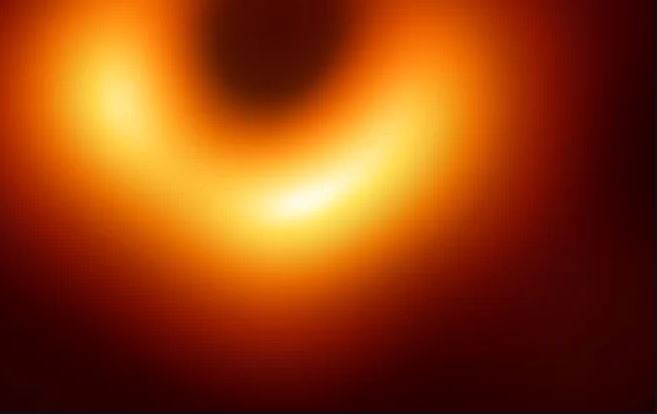
And adding to their misery is the hardships involved in the transportation of the data, places like Antarctica could be visited only during a certain period of time and thus it further delays the process Moreover decoding and coding and extraction of the data and various other processes are also not that an easy task to do.
What benefit will the achievement bring?
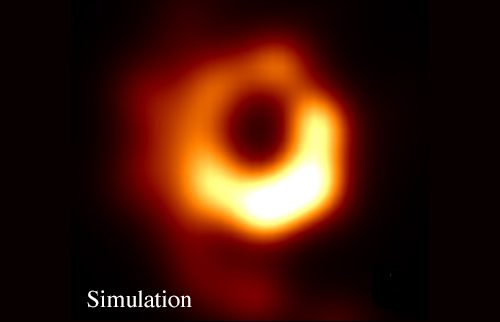
If you have seen Christopher Nolan’s masterpiece “Interstellar” you would probably be cognizant of the fact that we could achieve and do if we can get under the black hole. And for those who don’t know one of the most cherished science fiction scenarios since the advancements in science and technology is using a black hole as a portal to another dimension or time or universe. That fantasy may be closer to reality than previously imagined with the recent achievement of the astronomers.
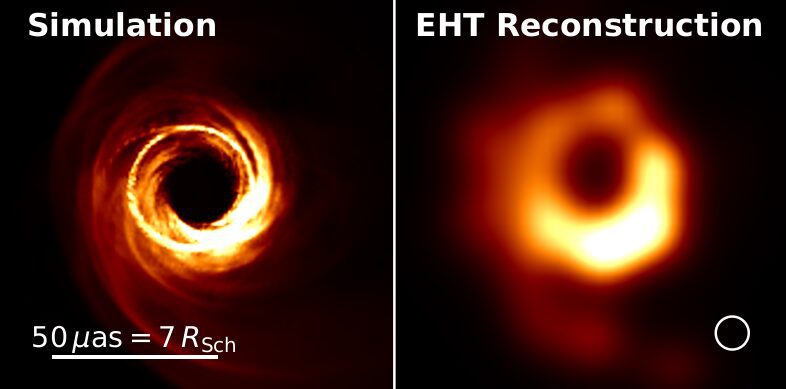
Black holes are perhaps the most mysterious objects in the universe. They are the consequence of gravity crushing a dying star without limit, leading to the formation of a true singularity (which happens when an entire star gets compressed down to a single point yielding an object with infinite density).
Thus ultimately further researches and a few decades or maybe a century of wait could make us the beings that switch dimensions and time travel.
History of Black Holes.

People have speculated about the existence of black holes as far back as the 18th Century, but it took a few hundred years before anyone found direct evidence for them. Albert Einstein first predicted black holes in 1916 with his general theory of relativity. The term “Black Hole” was coined in 1967 by American astronomer John Wheeler, and the first one was discovered in 1971.
During the 1930s, theorists using Einstein’s more sophisticated theory of gravity, known as General Relativity, showed that sufficiently massive stars could collapse under their own gravity at the end of their life, and turn into black holes (Ironically, Einstein himself never accepted that such strange objects could really exist).
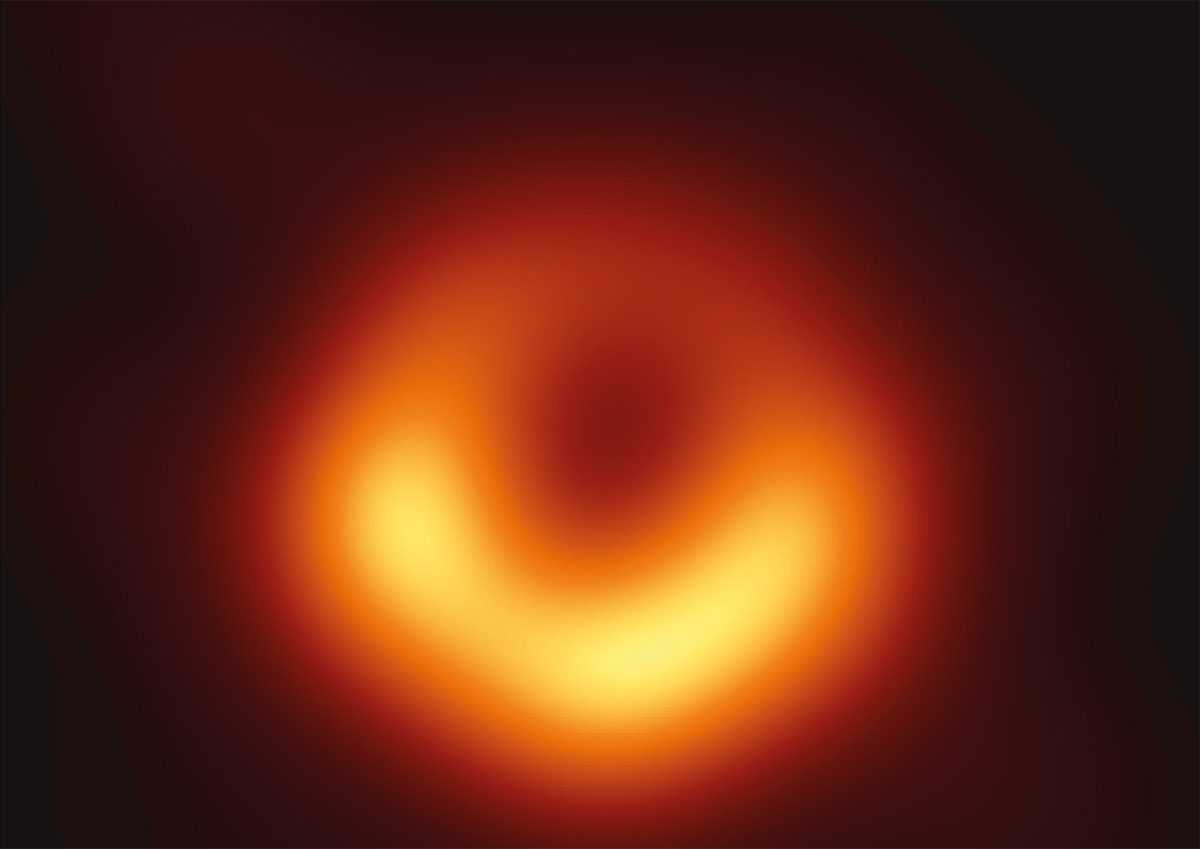
And now decades later it is finally proved by the scientists that the black hole actually exist and also showed us the evidence and it’s just a mere wait of time before we get to know about more interesting facts about the black hole.
Bonus Facts
-
The closer you get to a black hole, the slower time runs. Material that gets too close to a black hole gets sucked in and can never escape.
-
Material spirals into a black hole through an accretion disk ( a disk of gas, dust, stars, and planets that fall into orbits the black hole).
-
The “Point of No Return” around a black hole is called the “event horizon”.
-
Black holes do not emit radiation on their own. They are detected by the black hole’s gravitational effect on other nearby objects.
-
The first ever image captured of a black hole was by the Event Horizon Telescope of the black hole at the center of the M87 Galaxy (it was released over the internet on 10 April 2019)



